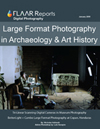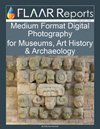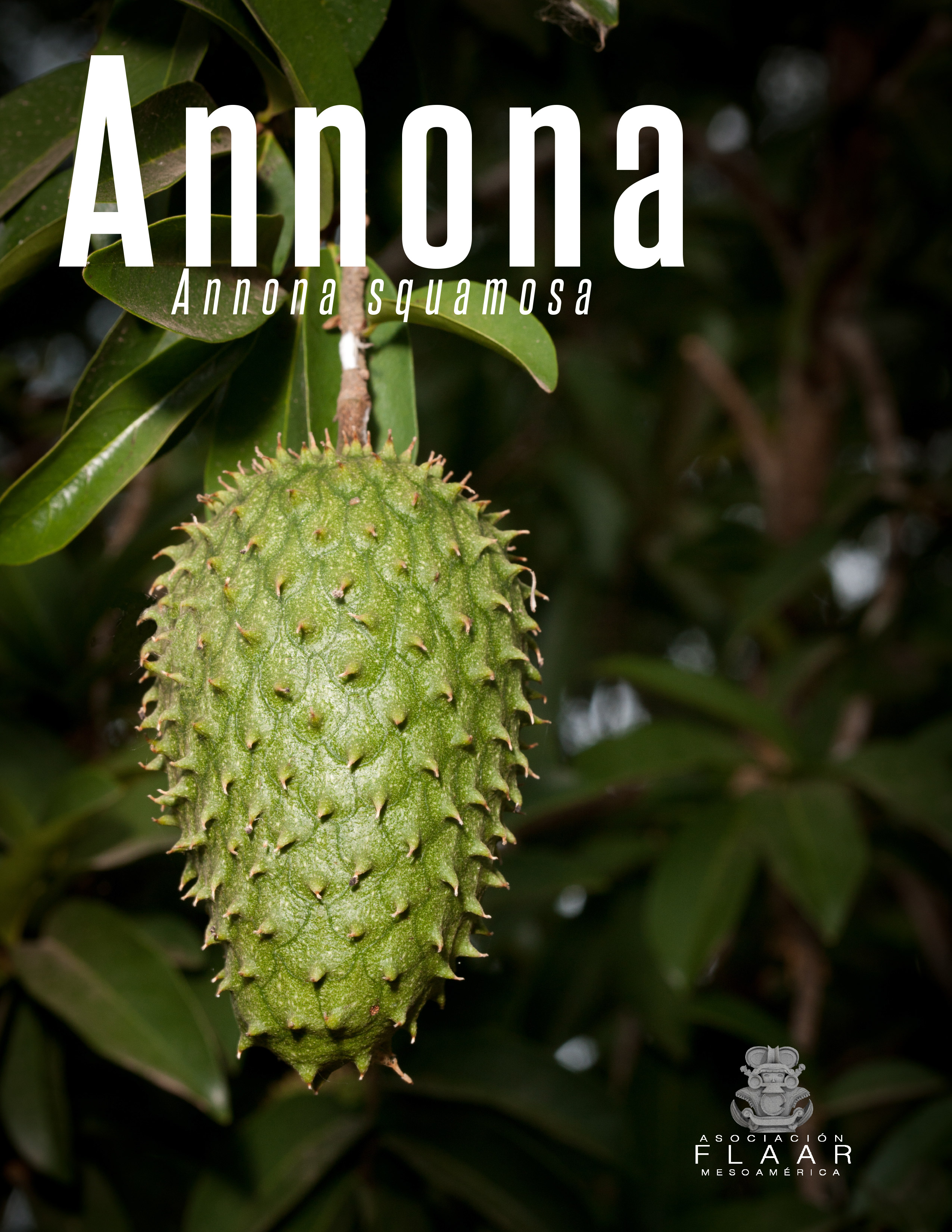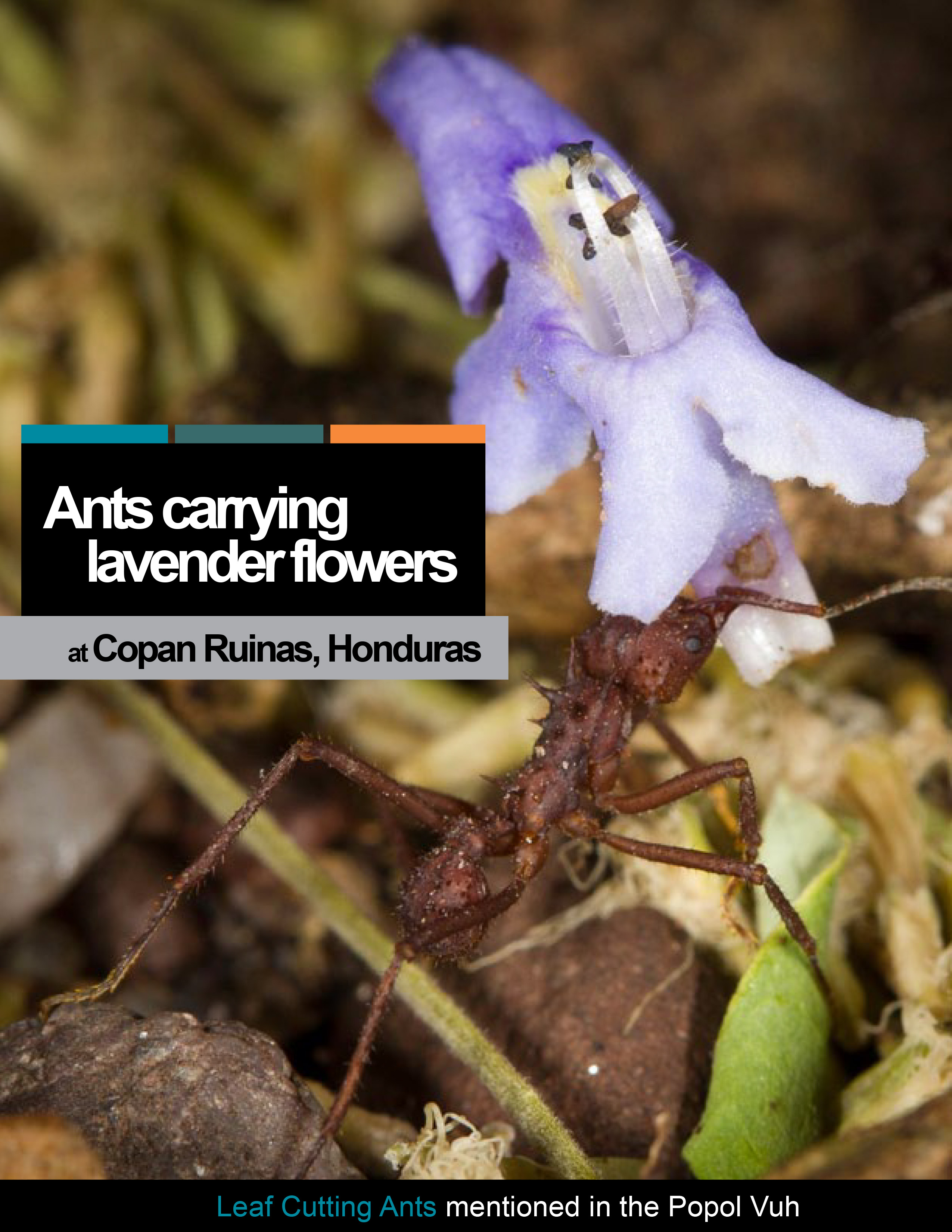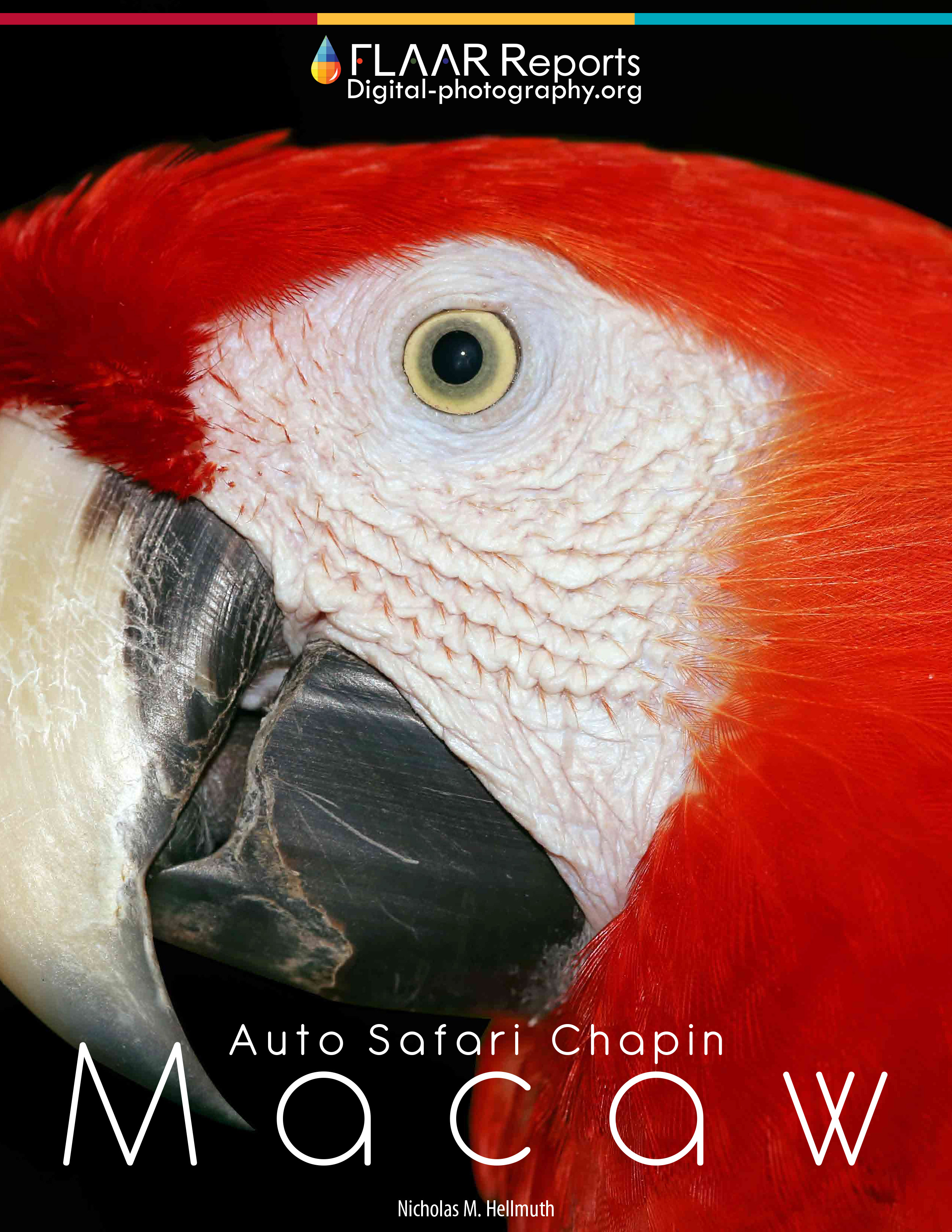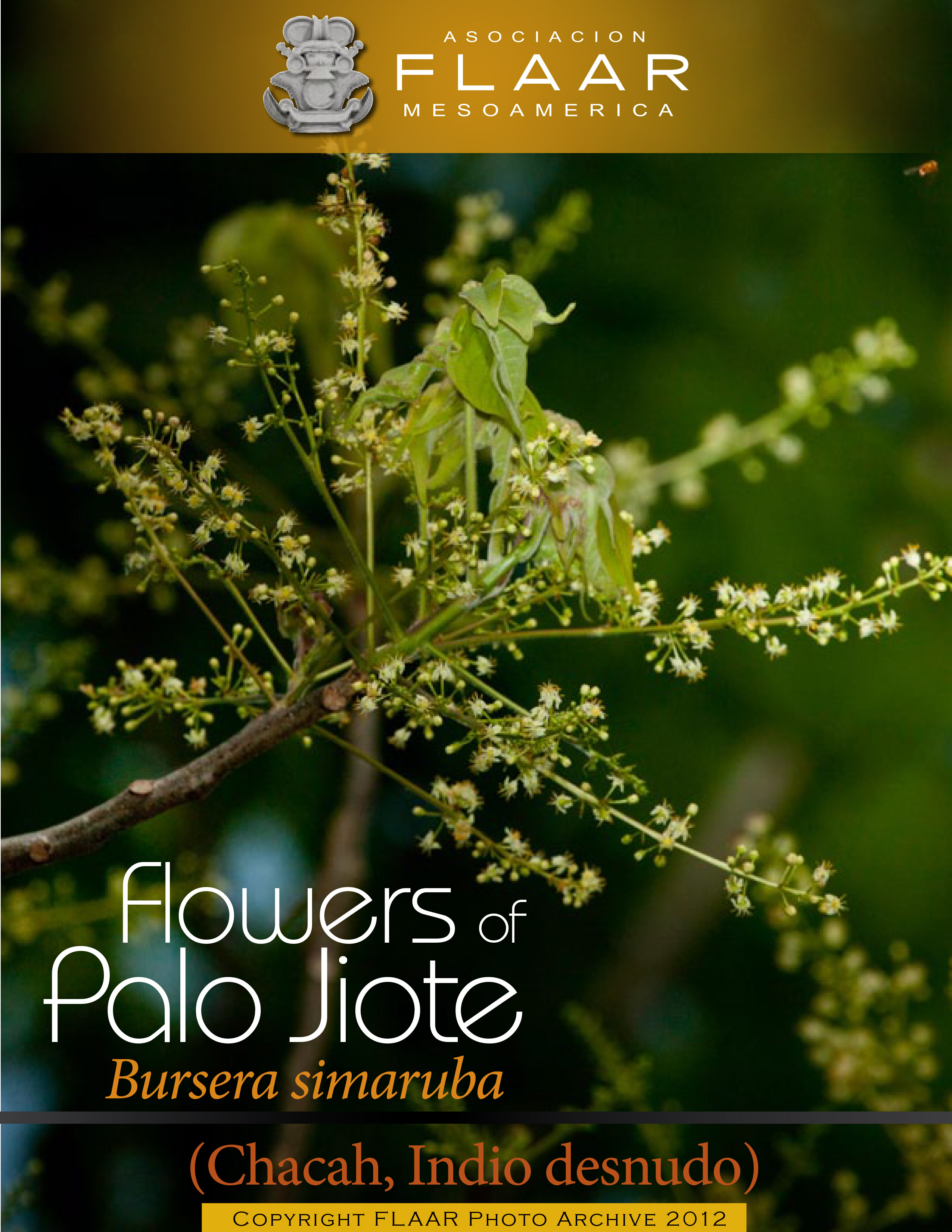The place you find lots of macaws in Mayan sculpture is at Copan. This is most likely the Scarlet macaw, Ara macao. Thus it is not surprising that there is a macaw and parrot eco-tourism park a few kilometers from Copan.
Parrots and macaws figurines and representations: iconography of Copan
Macaws are more frequently depicted in the art of Copan than at any other Classic Maya site. Many of these representations are associated with the Copan ball court, though I have not found macaws a significant feature at ball courts elsewhere in the Mayan area. Normally it is deer and deer hunters who are associated with the Classic Maya ballgame.
The sculptures of macaw-like composite deities are reconstructed in the museum (alongside the former airfield at the entrance to the archaeological park).
Parrots and/or macaws as ballgame hachas: Veracruz and Guatemala
Look in any book on ballgame hachas (such as by Shook et al). and you will find parrots, bats, and vultures as ballgame hachas, especially in Guatemala. But parrots or macaws are by no means the most common creatures used as a ballgame hacha: vultures are also very common. The ballgame-related sculptures of El Tajin, Veracruz, Mexico document that vultures fed on the sacrificial victims associated with post-game celebrations.
Scholars complain constantly about the Mel Gipson movie, Apocalypto. Mayanists say the movie is too bloody and hence disgusting.
What they mean to say is that Mayanists study the achievements of the Mayan civilization, and that human sacrifice is not a focus of most conservative Mayan scholars. Mayanists prefer to concentrate on the astronomy of the Maya; their ability to predict eclipses, for example. Many capable professors dedicate their life to deciphering the hieroglphic inscriptions.
Most of us Mayanists also focus on the complexity and beauty of Maya art, and the monumentality of Maya pyramod-temple and palace architecture.
So lets return to the cute, picturesque, cuddly parrots and macaws, and forget that so many ballgame hachas are vultures and skulls.
Parrots and macaws as effigy bowls
Parrots and/or macaws are frequently pictured either painted on the sides of Tzakol (Early Classic) basal flange bowls, or as effigy containers. Some really nice examples of effigy containers were in the museum of glass and Mayan archaeology in Hotel Casa Santo Domingo, Antigua, Guatemala. During 2011 these private museums may be withdrawn from that hotel.
Parrots, highly stylized, are common on the sides of Tzakol bowls from Tikal, Uaxactun and comparable Peten style basal flange bowls.
Holmul, Rio Hondo, Piedras Negras (Butler 1936:459).
BUTLER, Mary
1936 Ethnological and Historical Implications of certain Phases of Maya Pottery Decoration. American Anthropologist, Vol. 38, No. 3, pp. 452-461.
 |
|
Macaw at Auto Safari Chapín Guatemala julio 2011 |
Miscellaneous Parrots
A parrot-like bird is in a headdress of a Dumbarton Oaks vase; person at the left (drawing cord through his perforated tongue). Joralemon, Figure 1. You could find parrot-like or macaw-like headdresses elsewhere in Late Classic (Tepeu 1 and Tepeu 2) Maya bowls and vases.
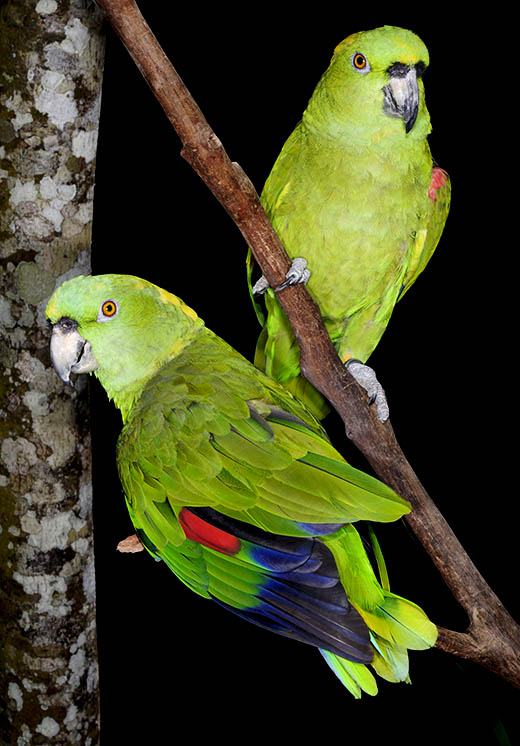 |
|
Parrot photographed at Macaw Mountain, Copán, Honduras. April 2013 |
Parrots and macaws In hieroglyphic inscriptions: epigraphy
It would be a great dissertation to have an opus on all the birds, reptiles, and mammals whose heads are used as hieroglyphs. This could be together with a tabulation of the names for these creatures in a dozen or more of the major Mayan languages.
Our interest at the FLAAR Photo Archive is to provide photographs for students and scholars. So we photograph iguanas, deer, snakes, parrots and macaws in profile, close-up.
Yes, of course we also like to photograph the entire animal or bird, but it is more efficient to concentrate on getting really sharp and well-illuminated photos of the heads in profile.
Parrots and/or macaws as ballgame hachas: Veracruz and Guatemala
Look in any book on ballgame hachas (su ch as by Shook et al). and you will find parrots, bats, and vultures as ballgame hachas, especially in Guatemala.
 |
|
Macaw at Auto Safari Chapín Guatemala july 2011 |
Parrots and macaws mentioned in the Popol Vuh
Here is information about “Seven Macaw” provided by one of the several respected translations of the Popol Vuh.
The account of Seven Macaw is set at the time prior to the flood that destroyed the wooden effigies, as described in the previous section (see also p. 93; lines 901-902). This episode may have political overtones as well. According to the Books of Chilam Balam the founder of Izamal, one of the principal Yucatec centers in the Postclassic period, was a semi-deified lord named Kenech Kukmo (Sun-faced/eyed Fire Macaw) (Roys 1967, 82, 141, 160 n. 2; Craine and Reindorp 1979, 83-84 n. 78). This lord was also the ancestor of a number of the principal lineages of Yucatán who worshiped him as a god. So important was this god/ruler that the Chilam Balam of Maní refers to him as the personification of all northern Yucatán (Craine and Reindorp 1979, 156).
Cogolludo wrote of him: “They had another temple on another mount in the northern part of the city, and this, from the name of an idol which they worshiped here, they called Kinich Kakmo, which means the sun with a face. They say that the rays were of fire and descended at mid- day to consume the sacrifice, as the vacamaya flies through the air (which is a bird something like a parrot, though larger in size, and with finely colored feathers).
They resorted to this idol in time of mortality, pestilence, or much sickness, both men and women, and brought many offerings. They say that at mid-day a fire descended and consumed the sacrifice in the sight of all. After this the priest replied to their inquires about the sickness, famine, or pestilence, and thus they learned their fate (Cogolludo 1957, IV.8.198; cited in Craine and Reindorp 1979, 83 n. 78).
Izamal was eventually conquered by Kak-u-pacal (Fire His Shield) of Mayapan. Gaspar Antonio Chi wrote that “in course of time the inhabitants of the said town (Izamal) were conquered by Kak-u-pacal and a hundred valorous captains formerly of the town of Mayapan, and that those who founded this place were called Kinich-Kabul, Kinich Kakmo and others from whom descend the Xool, Mo and Coyi <families>, Indians so named in this province” (cited in Roys 1967, 160 n. 2). Mayapan is a good candidate for the Tulan mentioned in the Popol Vuh as the sacred city from which the ancestors of the Quiché rulers derived their authority to rule (pp. 210-213).
Thus this account of the boastfulness of a sun-faced/eyed macaw who declared himself to be a sun and moon god, but who ultimately fell at the hands of the ancestors of the Quichés (who eventually became apotheosed as the true (Christenson 2003:78, footnote 15).
Where to easily photograph macaws and parrots in Guatemala and Honduras
Several hotels have macaws. You can also find macaws at AutoSafari Chapin, near Monterrico, Guatemala. But the best places to work with parrots and macaws would be Las Arcas (Peten branch) and Macaw Mountain tropical bird park near Copan Ruinas, Guatemala.
Macaw Mountain tourist park outside the Copan ruins in Honduras
About ten minutes from the ruins of Copan is a private park dedicated to macaws and parrots. This park is open to the public. The name is Macaw Mountain Tropical Bird Park & Reserve. We recommend this as the best place to photograph tame macaws and parrots.
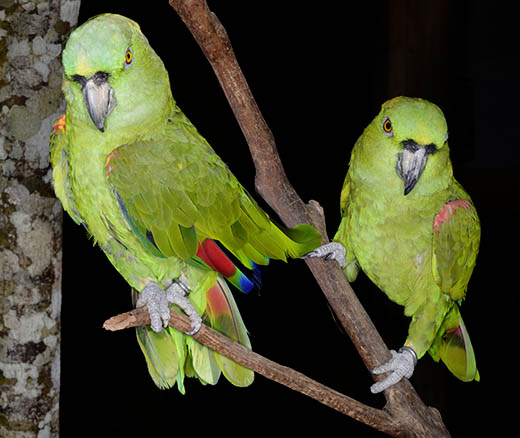 |
|
Parrots at Macaw Mountain, Copán, Honduras. April 2013 |
Also there are macaws at Copan ruins
There are also about a dozen semi-domesticated macaws at the Copan Ruinas. You can find them near the entrance to the ruins (on the other side of the old airfield, just as you enter the protected (fenced) part of the ruins.
Some macaws are tame, but most are, at best, only semi-domesticated. They bite any finger or hand that reaches out to them. I would trust only a bird that was taken care of by a professional trainer (such as at Macaw Mountain). But even at a zoo, be realistic.
Any wild animal may react unexpected. So if you don’t want a parrot or macaw to bite your eye ball, then look from afar.
Just yesterday I had a parrot on my arm (near Chisec, Alta Verapaz). He or she nibbled on all my fingers and on my wrist. He was either after the salt from my perspiration, or trying to get a piece of free meat. And most parrots like to nibble on your ears.
This parrot was small enough that his beak did not break my skin. But a macaw is big enough that its bite can draw blood.
Be polite to birds; if you keep poking your fingers to try to get the bird to turn to make a better pose, this will obviously irritate the bird, and it will snap at your finger.
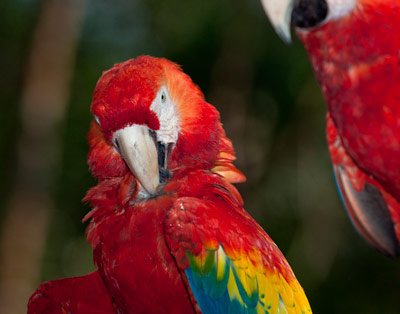 |
|
Image of a scarlet macaw, Ara macao, photographed at Copán, Honduras. April 2012 |
Macaws are a challenge to photograph
The macaws at the Copan ruins are not easy to photograph. They move very fast, and bite you if you get close. If you wish to handle relatively tame macaws, and do photography, it is better to go to the Macaw Mountain bird park a few minutes away.
 |
|
Image of a Macaw, Ara macao, photographed at Macaw Mountain. April 2013 |
For more information on where to find macaws in Guatemala, please visit our new web site www.maya-ethnozoology.org, also check our bibliography page about parrots and macaws at www.maya-art-books.org
Updated October 2020
Previoualy updated early June 2014
First posted August 11, 2011

